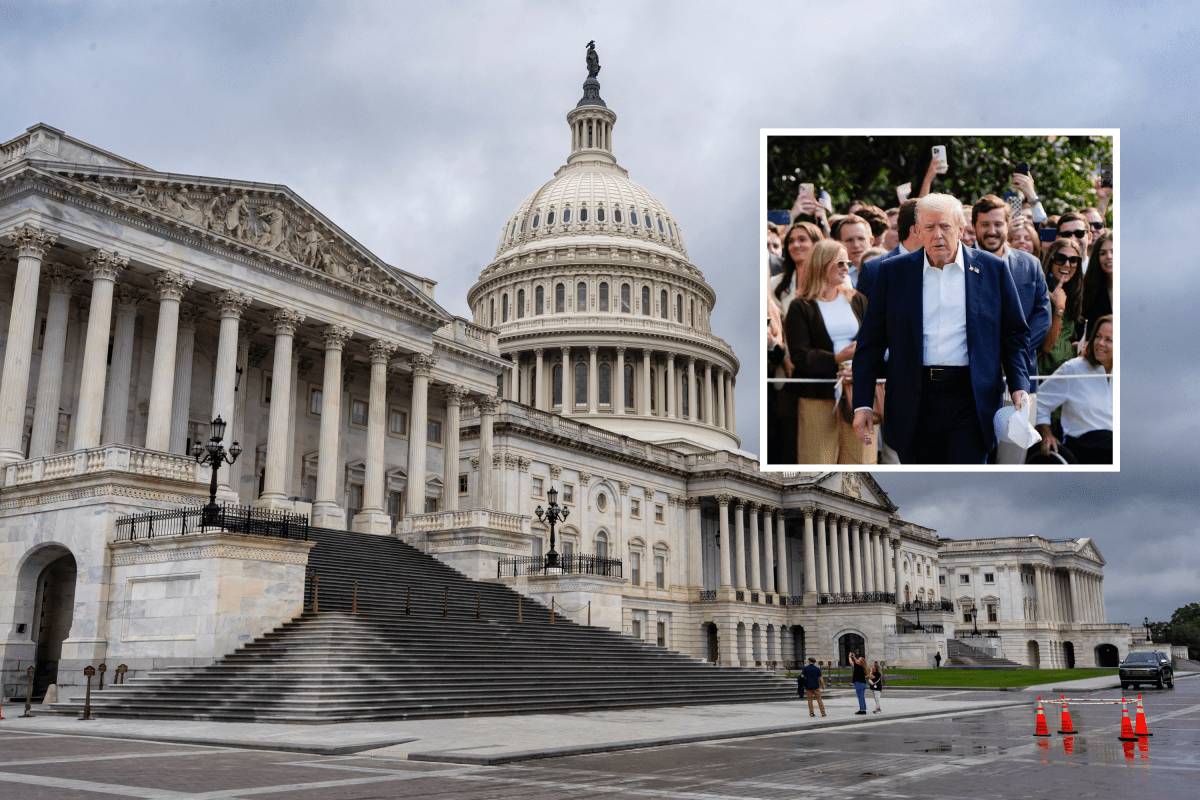As the U.S. edges toward a possible government shutdown at midnight on September 30, 2025, federal workers face a threat far more severe than temporary furloughs. The current administration has signaled plans for permanent layoffs, a stark departure from the 2018–2019 shutdown that, while painful, allowed for eventual recovery.
The earlier standoff lasted 35 days and affected approximately 800,000 federal employees. According to the Congressional Budget Office, the cost to the economy was $11 billion, federal spending was delayed, and services, ranging from veterans’ benefits to food safety inspections, were disrupted. Workers endured missed paychecks, financial strain, and widespread uncertainty—but were ultimately reinstated with back pay.
This time, the Office of Management and Budget has directed agencies to prepare “reduction in force” plans, targeting programs deemed nonessential or misaligned with current priorities. Already, 300,000 federal jobs have been cut in 2025, and a shutdown could accelerate permanent losses. Unlike furloughs, these layoffs would not guarantee reinstatement or compensation.
Unions and legal experts have raised alarms, questioning the legality of mass terminations without congressional approval. Workers report experiencing emotional distress, financial instability, and a fear of losing their pensions and health benefits. If enacted, the cuts could significantly reshape the federal workforce and exacerbate inequality in regions heavily reliant on government employment.
The 2018–2019 shutdown was a costly pause. The 2025 scenario threatens lasting damage. As Congress holds the power to prevent this outcome, bipartisan action remains critical.
